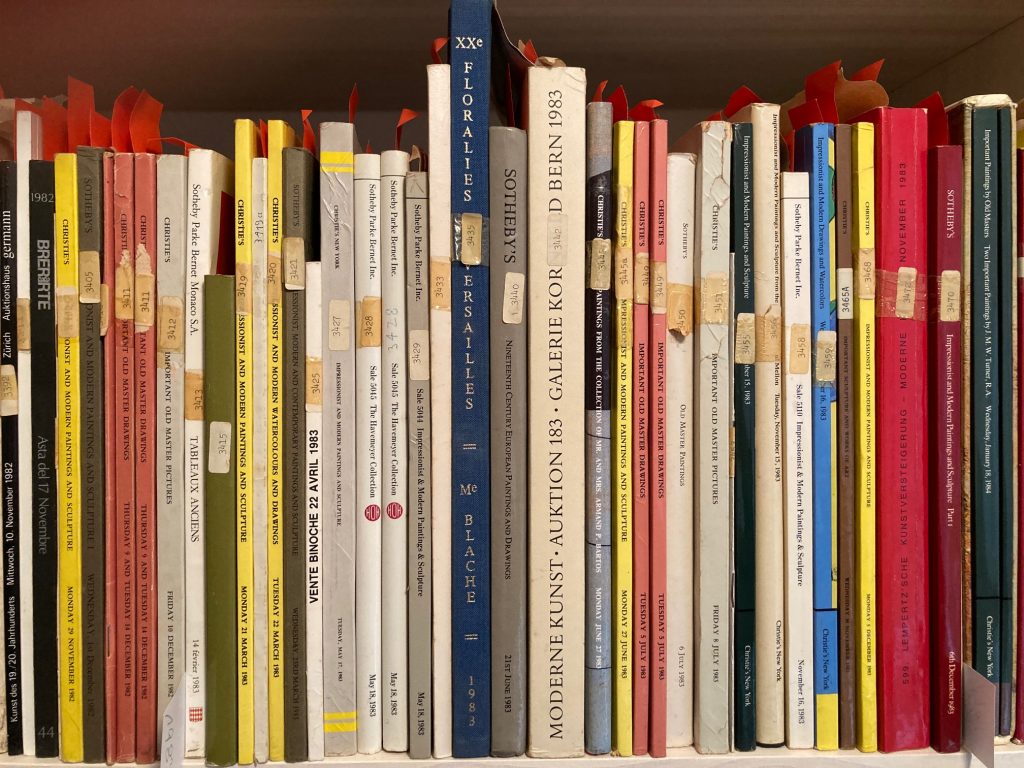
Call for papers for Networks and Practices of Connoisseurship in the Global Eighteenth Century
Hamburg, 2-4 Jun 2022
A collaboration between faculty from the Art History Department at Universität Hamburg and the History, Theory, and Criticism Program of the Department of Architecture at Massachusetts Institute of Technology, Cambridge, MA
Submission deadline: 30 Jun 2021
The eighteenth century was the age of the connoisseur, the disciplined interpreter and assessor of artworks whose authority, like that of the natural philosopher, was founded on his (more rarely her) extensive and sustained visual analysis of physical things. An era of accelerating trade and imperial conquest, the eighteenth century was also a period of expanding global consciousness. The concept that brings these two themes together—the emergence of the connoisseur and an increasing Enlightenment engagement with difference—is the network: the constellation of practices of communication and exchange that made knowledge possible. As the history of science has, for example, already articulated for the circulation of botanical knowledge, there was barely a discovery made in the eighteenth century that was not embedded in a network of international information and specimen exchange. Yet, little has been written on the connoisseurial networks of the Enlightenment period and a broader reflection on the encounter they allowed with artistic practices from different regions of the globe has still to appear. Studies of connoisseurship have—to date—tended to stay local, focusing, for instance, on an individual and his (or her) web of social ties or on Western European art to the exclusion of works from unfamiliar artistic traditions to which eighteenth-century art experts, collectors, and colonial administrators were increasingly exposed.
This international conference intends to foster a better understanding of the intricate transactions through which connoisseurial knowledge of art was generated during the long eighteenth century. Questions we are interested in pursuing include: how are social, institutional and commercial networks built and how do they evolve over time? What were the channels through which encounters with art from afar were made possible? Is there a difference of purpose between local, national, and international networks? Are some regions over-or underrepresented in these connoisseurial networks and what do these asymmetries reveal about the artistic geographies of the time? What methods were used to analyze and categorize art from other parts of the globe? And how might recognition of the conventionality of artmaking have shaped local definitions of art and artistic quality in such regions as Asia, the colonial Americas, and Europe?
To move forward with our investigation, 4 axes of reflection will structure the conference:
1.) NETWORKS: This first panel will concentrate on the practical aspects of international networks and on the very structures that made the connoisseurial exchange within and between continents possible. It will address such questions as the construction and implementation of communication channels, the postal system that governed the pace of eighteenth-century correspondence, the gendering of connoisseurial networks, or the constellation of commercial and political institutions that facilitated their development.
2.) TRANSMISSION: The second panel will focus on the practices that enabled communication and knowledge transfer between connoisseurs, across often considerable geographic distances and extended periods of time. The circulation of things and production of knowledge within connoisseurial networks occasioned a multifaceted apparatus of instruments and techniques, including the production of written texts, prints, copies, and, occasionally fakes, that were meant to facilitate scientific exchange, and test expert knowledge.
3.) PRACTICES: The third panel will analyze the concrete actions that shaped individual connoisseurial judgments. It will explore the private practice enabled by the network, once the connoisseur was in possession of information and the art objects that he (or more rarely she) needed. The observation and handling of artworks from various regions of the globe but also the circumstances in which they were examined and exhibited will here be at the core of this session’s concerns.
4.) APPROPRIATION: The final panel will exam the rhetoric used to formulate connoisseurial judgment on art from distant places and time periods. General questions of style and national traditions will be considered, but the intersection between art from diverse geographies will be a key point of interest.
Proposals that introduce new interdisciplinary and methodological approaches will especially be encouraged.
Please send a 300-word proposal and a short (2-page) C.V. to Valérie Kobi (valerie.kobi@uni-hamburg.de) and Kristel Smentek (smentek@mit.edu) by 30 June 2021.
You must be logged in to post a comment.